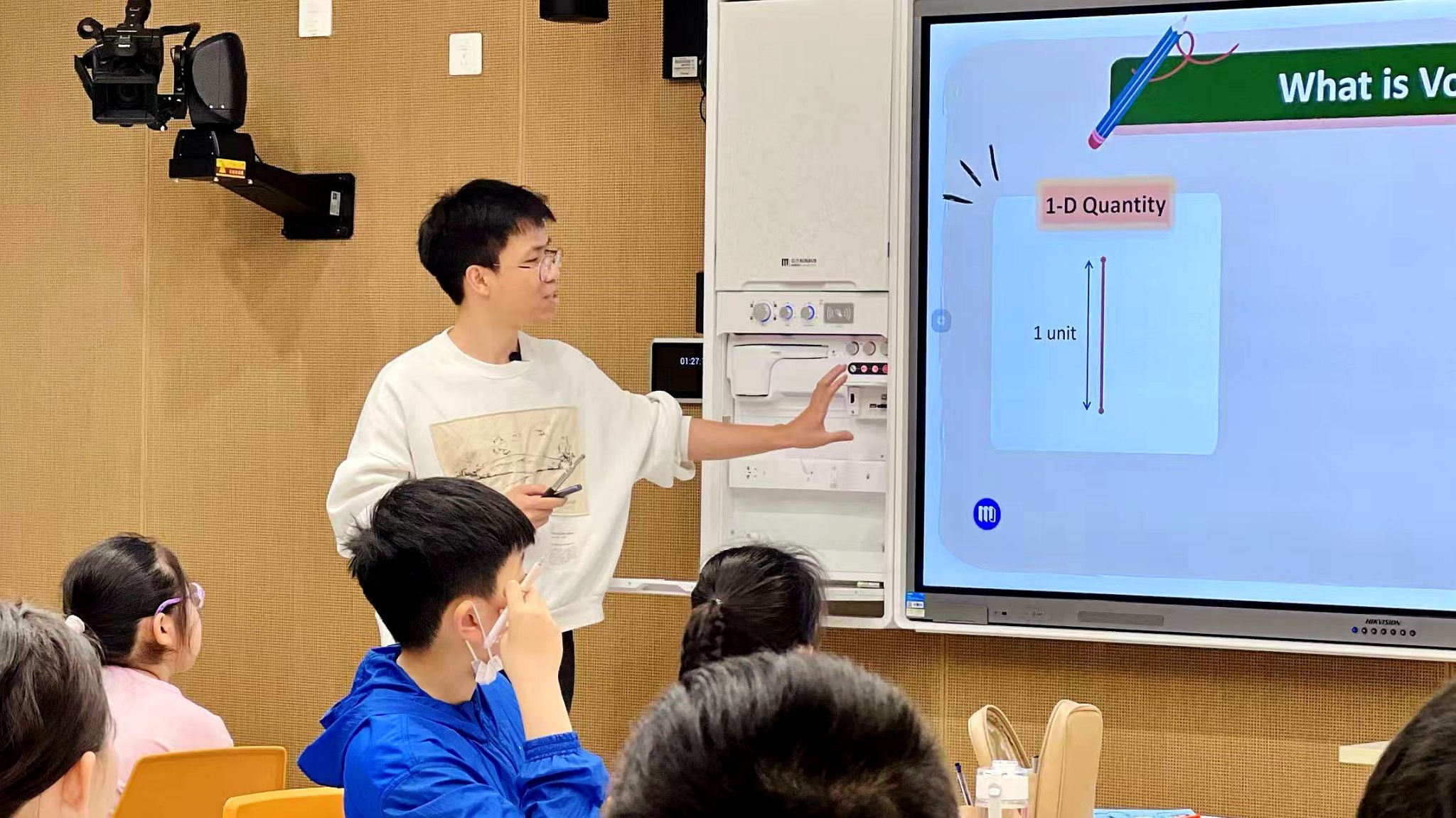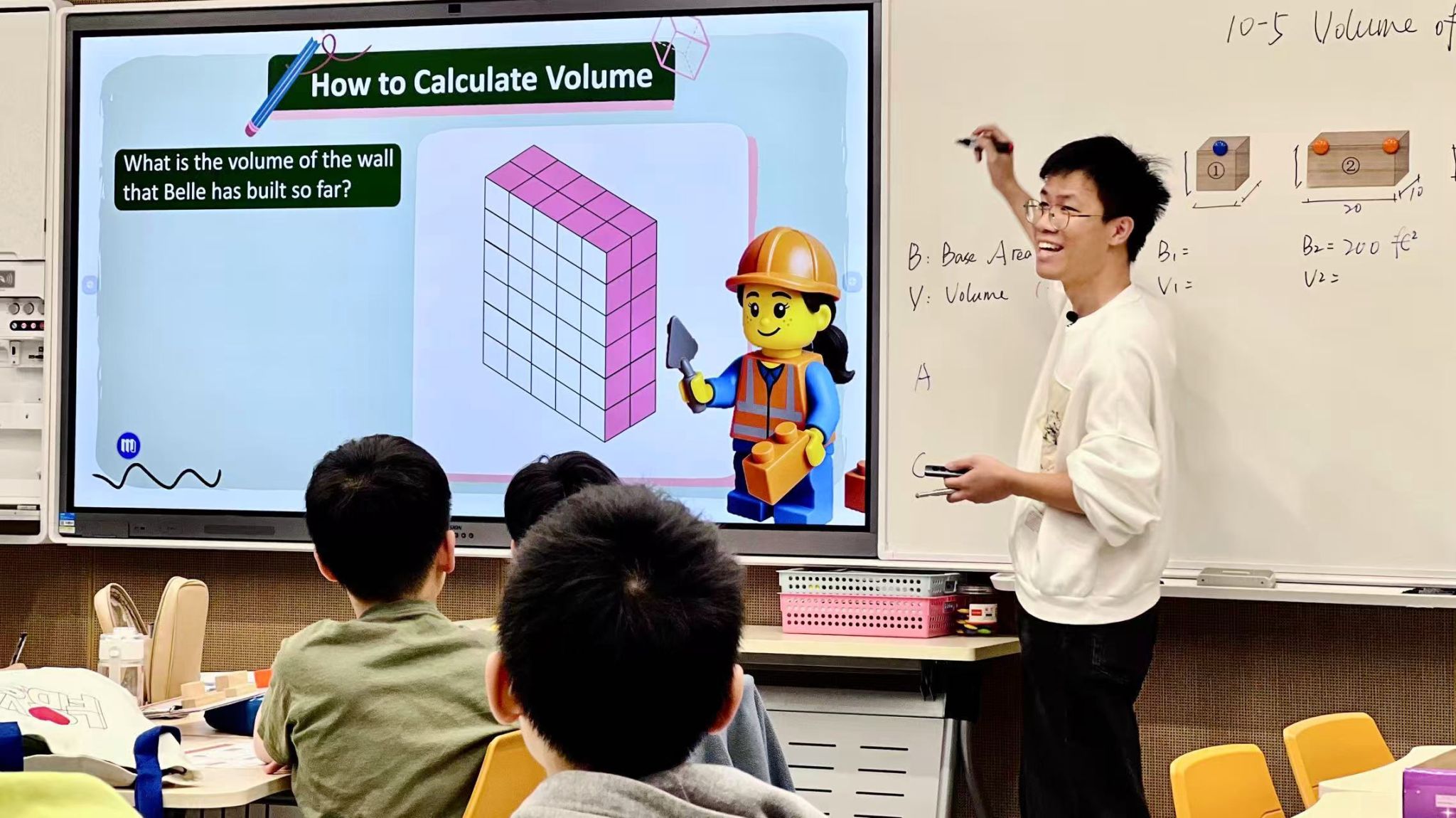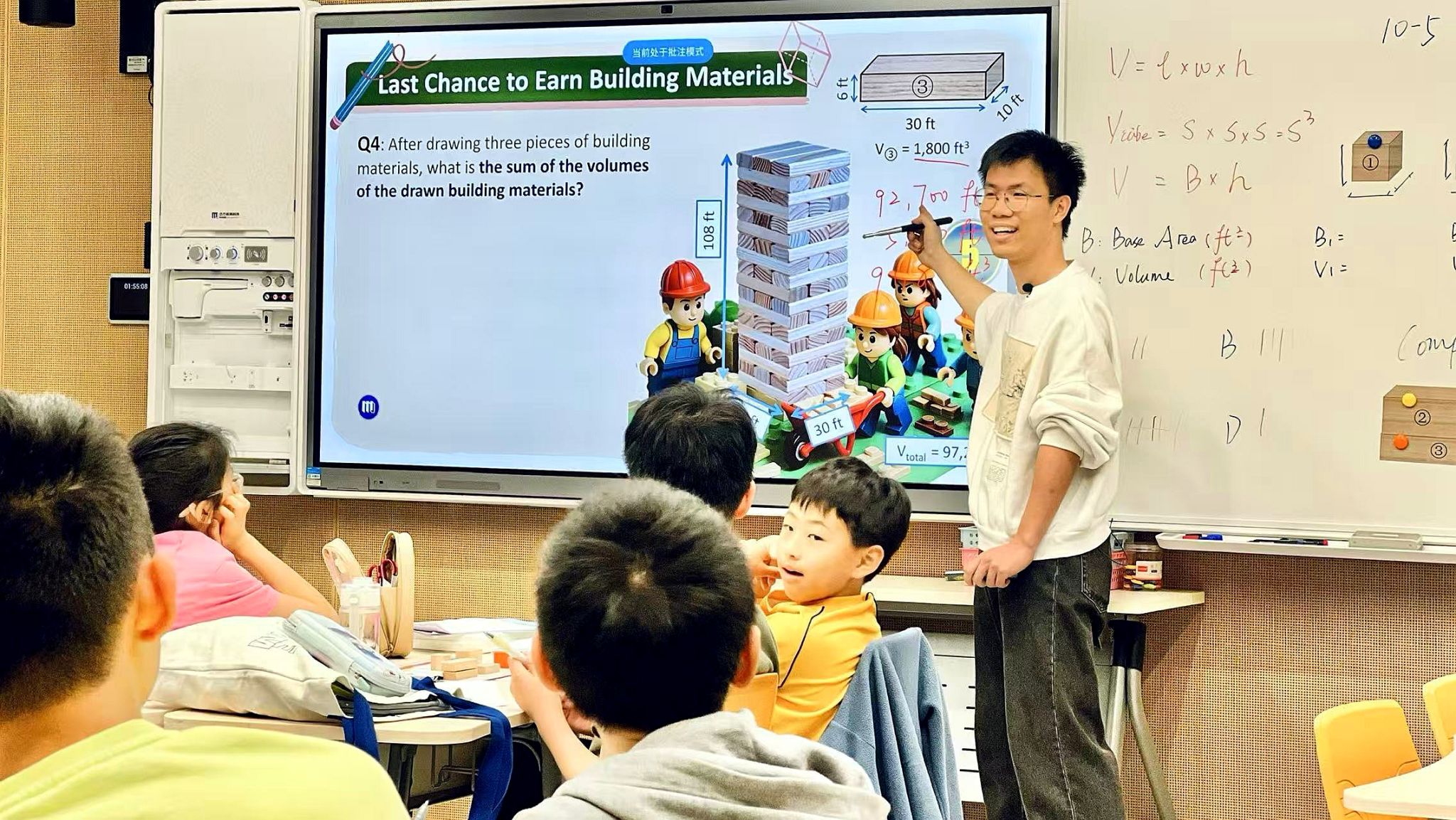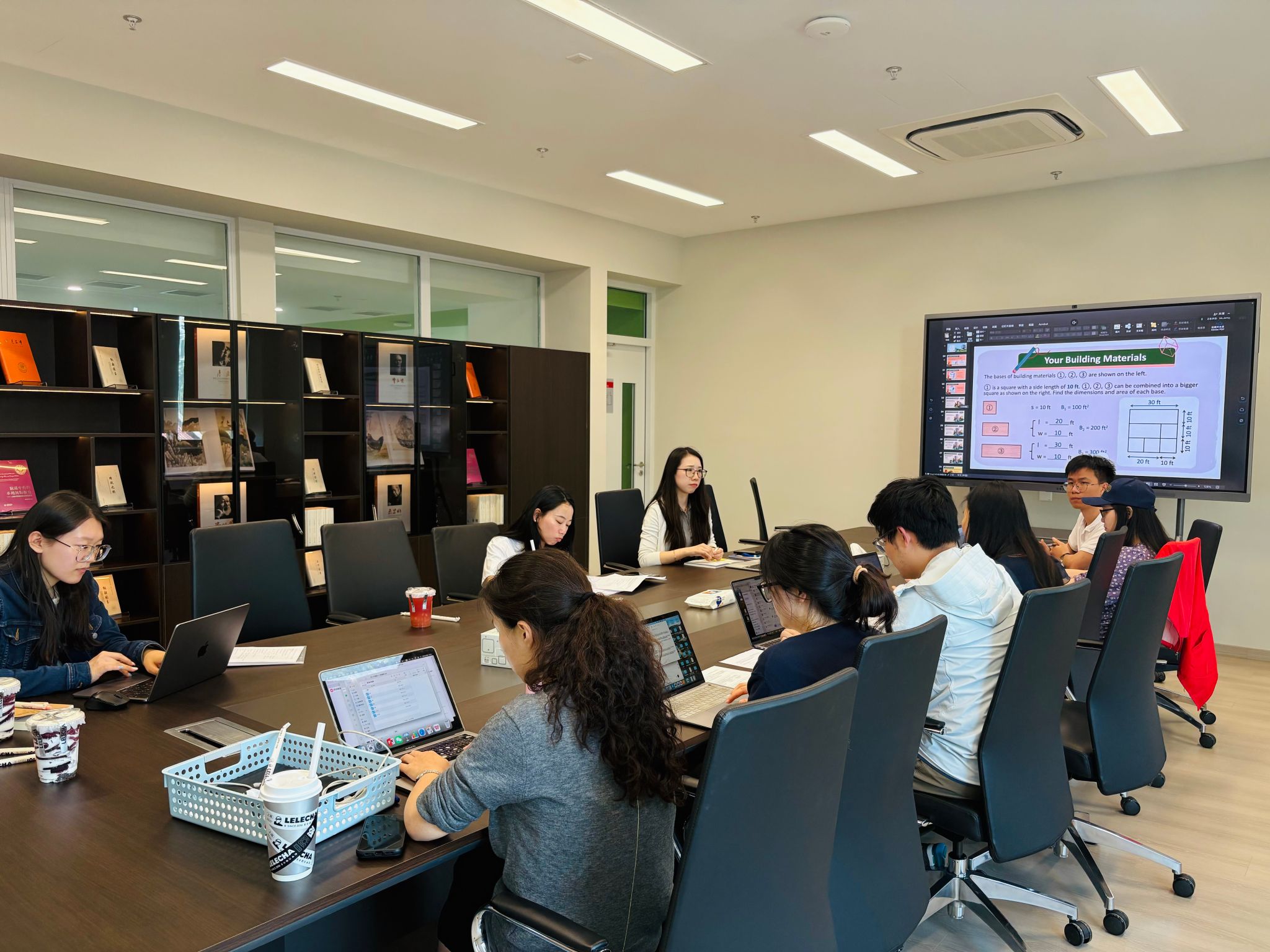-
ABOUT US
-
ACADEMICS
Curriculum Program
Departments
- English
- High School Chinese
- Primary and Junior School Chinese.
- High School Mathematics
- Middle School Mathematics
- Primary School Mathematics
- Music and Fine Arts
- Physical Education
- Physics
- Chemistry
- History and Geography
- Physical Science and Optional courses Department
- Middle School Biology
- High School Biology
- Social Sciences
- Computer Science
- Courses in Primary School
Achievements and Matriculations
College Counseling
Science & Technology Innovation Contest
Subject Competition
-
ARTS
-
ATHLETICS
-
AT SHSID
SHSID ∣ TIMES
PTSA
Club Exhibition
- 龙吟社
- Live 2 Drama
- Choir
- Hip-pop Dance Club
- The Primary School Dance Troupe
- Symposiums Club
- Biology Workshop
- You Shan
- VEX Robotic
- Peking Opera Club
- Baseball Club
- Model United Nations
- The World Scholar’s Cup
- Future Problem Solving Club
- United States Academic Pentathlon
- OM Club
- AMC Club
- Music for Patients
- SHSID Gazette
- Smile Charity
- Cultural Moments
- SciAcademy
- Stem Doge Alliance
- Chinese Debate Club
- IAA
- Mock Trial Club
- Zhengming Club
- Furry Friends
- GT-Racing
- Village Radio
- IMMC Club
- Creative Design and Intelligent Fabrication
- Future City Research Project
- ECOCAP
- AdvocaSEA
- SPDC
- Medishine
- Floorball Club
- Animusic MTC
- Wings Up
- All Booked
- Cyano
- Birding Community
Health and Wellness
Campus Safety
Cafeteria Service
-
ADMINISTRATION
-
ADMISSIONS
-
ALUMNI
Alumni Information
Honors Students
- Class of 2025
- Class of 2024
- Class of 2023
- Class of 2022
- Class of 2021
- Class of 2020
- Class of 2019
- Class of 2018
- Class of 2017
- Class of 2016
- Class of 2015
- Class of 2014
- Class of 2013
- Class of 2012
- Class of 2011
- Class of 2010
- Class of 2009
- Class of 2008
- Class of 2007
- Class of 2006
Who Studied at SHSID
SHS Foundation
-
DOCUMENTS
Primary School Math Department: From a Single Block to Spatial Thinking: A Grade 5 Volume Demo Lesson
On May 6th, Shanghai High School International Division’s Grade 5 classroom hosted an engaging mathematics demo lesson centered on the concept of volume. Through thoughtful instructional design and the integration of emerging technologies, the lesson guided students beyond the flat world of two dimensions into the rich, hands-on world of three-dimensional geometry. Its clear structure, relatable context, and strong pedagogical vision earned praise from educators in attendance.
Rooted in Everyday Life: Letting Math Grow Naturally
The class opened with a question drawn from everyday experience: “If you were to build your own little house, how many blocks would you need?” With this simple prompt, students were quickly drawn into the mathematical world of volume. It activated their spatial intuition and reconnected them with previously learned geometry concepts like edge length and area. As students moved from reviewing flat shapes to thinking about solid forms, the teacher smoothly led them from the idea of covering surfaces to filling space, transforming familiar ideas into the foundation for new learning. The transition was seamless, and the logic behind each step helped students naturally enter the world of volume through real-life thinking.


Making the Abstract Concrete: Building Concepts by Hand
Rather than starting with formulas, the lesson invited students to build understanding through hands-on exploration. Using unit cubes, they gradually came to see what volume means: the amount of space something takes up. Through group collaboration and structured reasoning, students discovered for themselves how to calculate the volume of a rectangular prism—Volume = Length × Width × Height. What might have been a dry rule to memorize became something meaningful, earned through experience. In this way, abstract geometry was transformed into something students could see, touch, and understand deeply.
Technology Meets Imagination: AI Brings Volume to Life
The lesson also made a strong impression visually. AI-generated illustrations—ranging from character expressions to architectural plans—added vividness to the classroom experience. These visuals helped immerse students in a storyline that involved earning building materials, designing structures, and finally constructing them. Along the way, students not only practiced volume calculations but also stretched their spatial reasoning and creativity. The progression of tasks—from input to practice to creation—was thoughtfully designed. In the culminating design challenge, students applied their learning to create physical models, turning math into something tangible and shareable.

Behind the Scenes: A Team Effort with Every Detail in Mind
The polished delivery of the lesson reflected the care and expertise of the teaching team. From crafting the lesson scenario and refining AI visuals to calibrating the pacing of hands-on work, each element was intentionally designed. Special attention was paid to distinguishing between solid and hollow structures, reinforcing the correct use of units, and supporting students at different levels. The blackboard work was clear, the formula notation precise, and classroom instructions timely. The lesson balanced content delivery with space for student discovery, building both knowledge and engagement.

Looking Ahead: Reflecting and Refining
While the lesson was widely appreciated, there was still room for growth. Some activities were a bit tight on time, limiting opportunities for student reflection and discussion. Moving forward, the team aims to create more space for student voice and deepen connections to real-world applications of volume. These refinements will help students develop a more nuanced and interconnected understanding of geometry. With continued innovation and reflection, the course is set to offer even more meaningful learning experiences in the future.
Written by Zhou Jie
Photos by Cao Minxuan
Reviewed by Cong Luo, Judha Kuhn